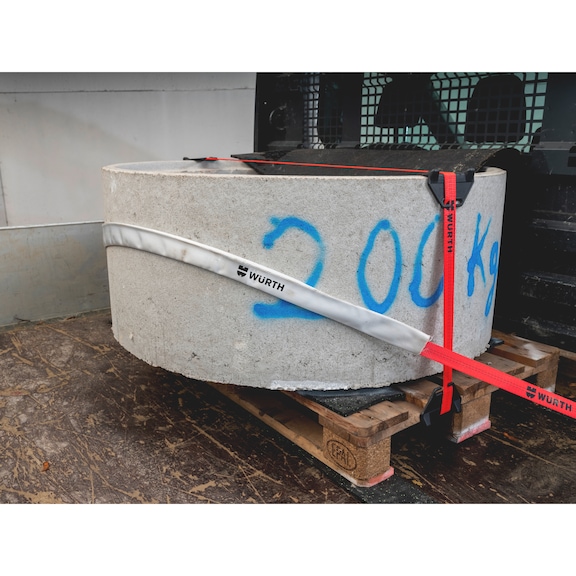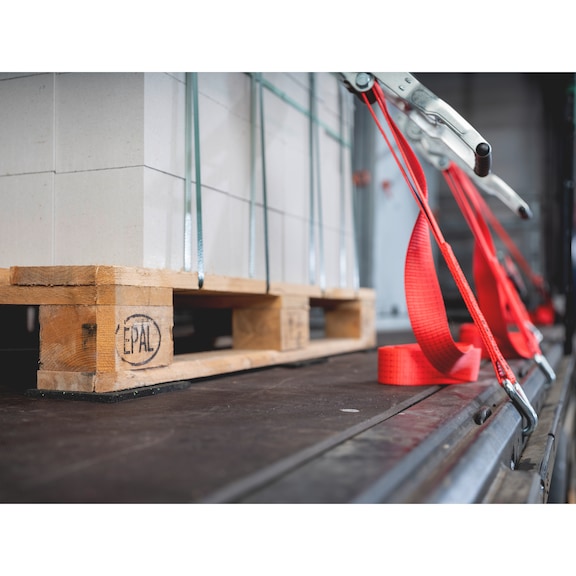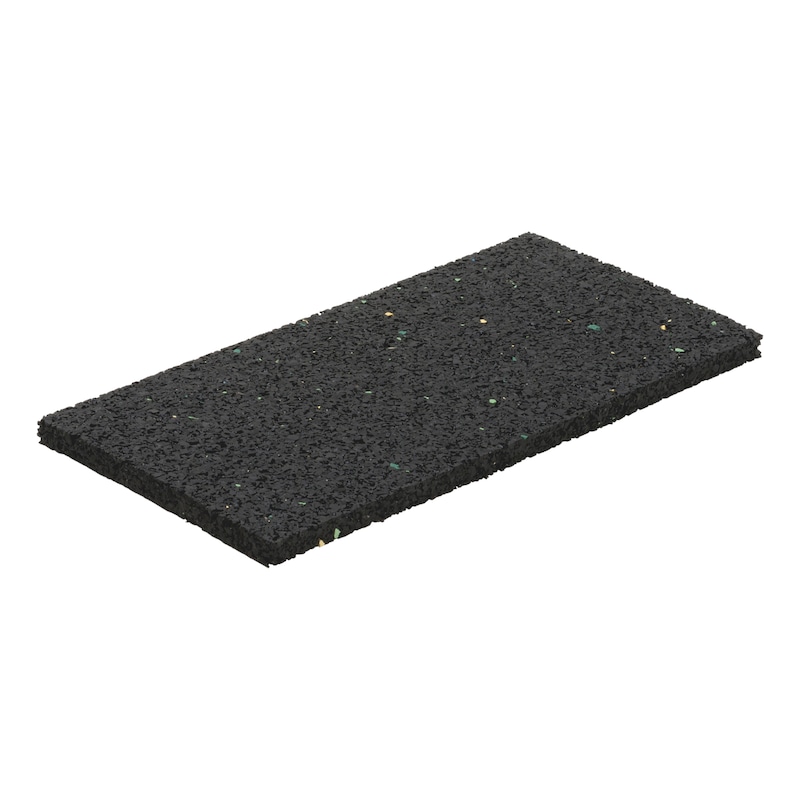For detailed information, other images and documents, please select individual articles from the following table.
Non-slip mat
For improving adhesion and sliding coefficients, to reduce the number of lashing straps needed when loading, and thus saving time and cutting costs.
Register now and access more than 125,000 products
Variants
Register now and access more than 125,000 products
Fulfils the requirements according to VDI 2700 Blatt 15 and VDI 2700 Blatt 9
The Regupol® non-slip mats exceed this minimum requirement by 15–50% depending on the material pairing
Resistant to UV light, sodium chloride, fuels, etc.
Simple cleaning: shake out, vacuum, wash, and if necessary treat with high-pressure cleaner
- Time and material saving, as depending on dimensions, potentially 2 pallets can be secured against slipping using one pad
- Can be disposed of with household waste according to EAK waste code 070299 while observing local regulations
- Can also be used to prevent damage to goods or as decking mats
Loading surface must be swept clean to achieve good slip resistance.
Since external influences are difficult to calculate in practice (moisture, dirty loading surfaces etc.), we recommend that for our LASI calculator, art. 0990 120 009, you assume a friction coefficient of 0.6 µ when designing load securing.
Can be used several times before reaching legal discard state according to tests carried out by VDZ Dortmund.
The legal discard state is reached when tears, holes or crushing occurs, or there is contact with oils, fuels, chemicals etc.
The base material of the non-slip mats is the branded product Regupol® 7210 LS plus, based on SBR/NBR and tested by various institutes including Frauenhofer Institut IML, DEKRA, Deutsche Bahn AG, TÜV NORD, IFV, TUL-LOG, BIA, VDZ GmbH
- Tensile strength based on DIN EN ISO 1798 ≥ 0.60 N/mm²
- Elongation at tear based on DIN EN ISO 1798 ≥ 60%
Select RAL-colour code
!! NOTE: On-screen visualisation of the colour differs from real colour shade!!










